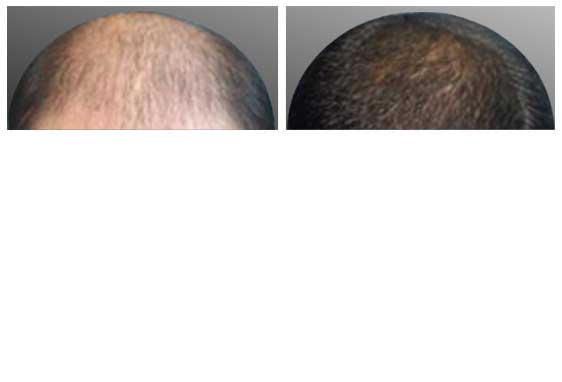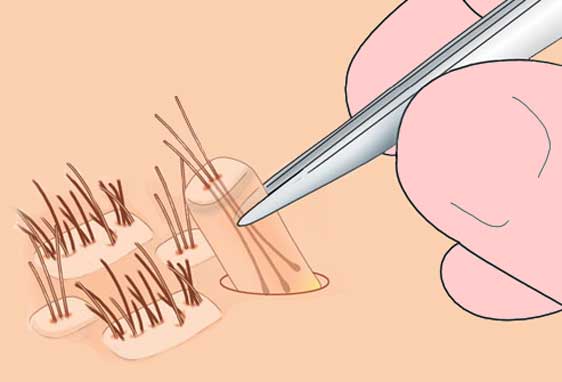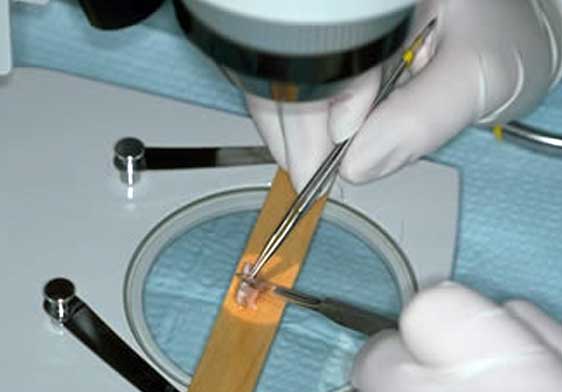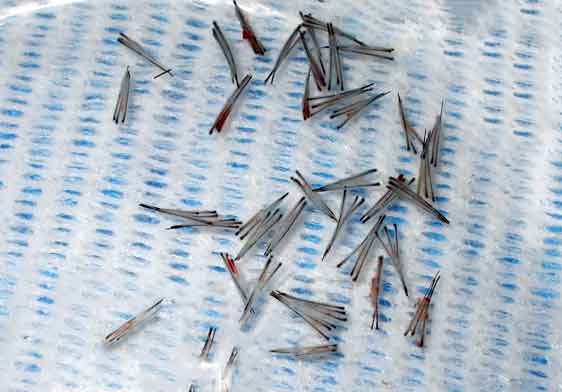HAIR TRANSPLANTATION (HT)
HT is the surgical transfer of growing hair from a hair bearing part of the body (donor site) to a balding part of the body (recipient site). It involves redistribution of existing hair. The transplanted hair follicles are genetically resistant to balding if harvested from the permanent safe zone. It is scientifically proven that the transplanted hairs grew and lasted just as they would have at their original home (donor dominance).The scalp hair grows in small families of one to four follicles with independent existence called the Follicular Units (FU).

PROCEDURE
This is a minimally invasive procedure. It is performed as a day case with the person walking into the operating room and walking out after the surgery with minimal down time. It is done not only for male pattern baldness but also for females, scars due to cleft lip surgeries, trauma, burns etc. The modern hair transplantation technique grafts are harvested two different ways: strip harvesting or Follicular unit transplantation (FUT) and follicular unit extraction (FUE).
HOW IT WORKS?
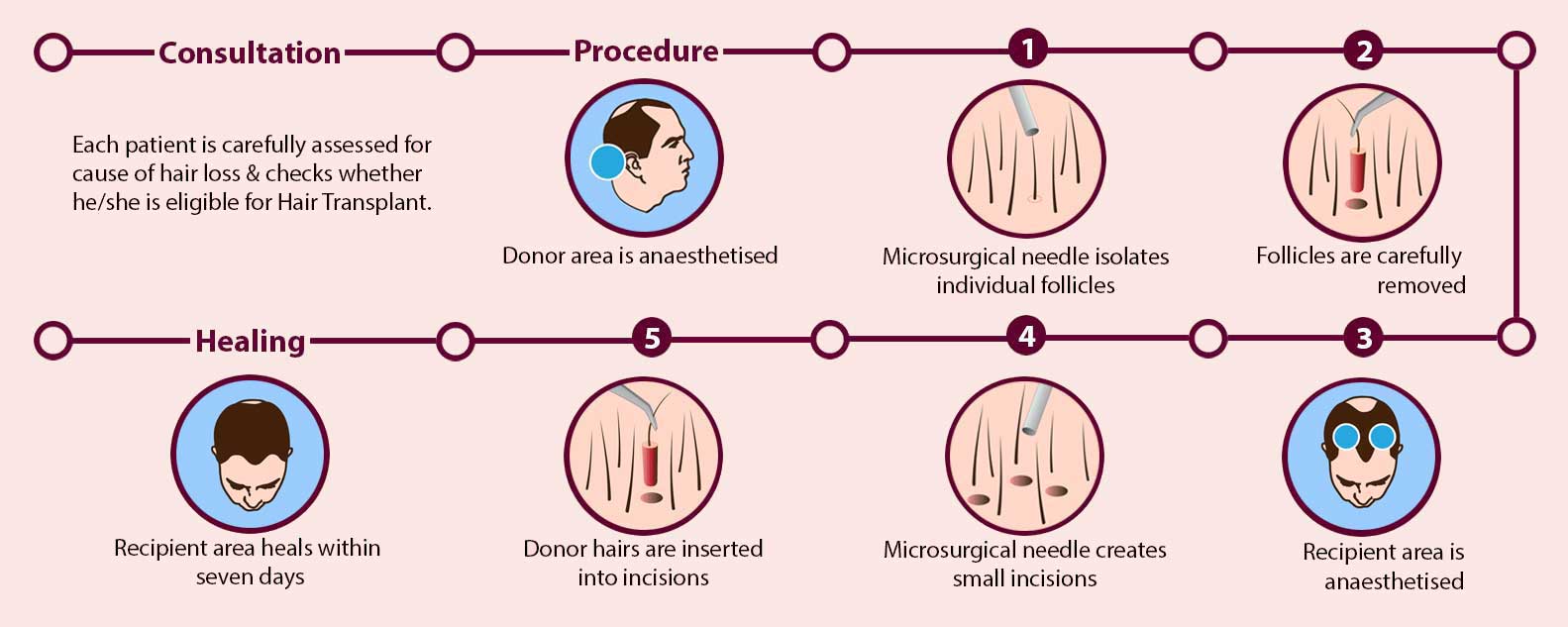
PREPARATION
Before surgery a thorough discussion between the Surgeon and the client take place. An assessment of the expectation and the donor site quality is made. Pre operatively all medications and diet supplements that are likely to cause bleeding are stopped for two weeks prior to surgery. Minoxidil should be stopped 3 days before surgery. Smoking should be discontinued for some time. The procedure is done under local anesthesia and mild sedation.
STRIP HARVESTING OR FOLLICULAR UNIT TRANSPLANTATION (FUT)
Strip harvesting or Follicular unit transplantation (FUT) a long strip with hairs is harvested from the posterior head which forms a horseshoe shaped area (the permanent zone) and the donor site is then stitched by the surgeon. The donor strip can be cut into follicular units by a team of technicians. Graft placement is done quickly and the patient is sent home with prescriptions to prevent infection, swelling and pain.
FOLLICULAR UNIT EXTRACTION (FUE)
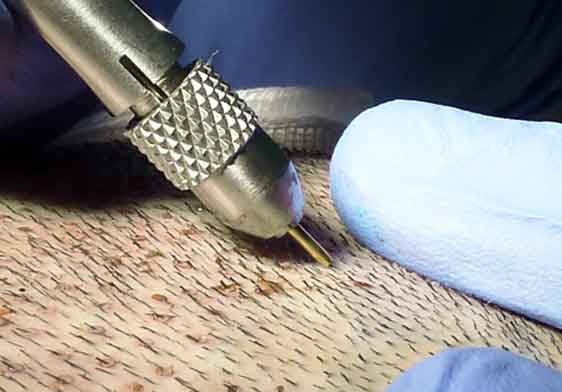
Follicular unit extraction (FUE) is another method of obtaining grafts, for hair transplantation. In FUE, individual follicular units are extracted directly from the donor area, using a motor driven device, with the surgeon selecting grafts under magnified vision. It generally has a quicker patient recovery and significantly lower post-operative discomfort. FUE provides an alternative when the scalp is too tight for a strip excision and enables a hair transplant surgeon to harvest finer hair from other body parts.
FOLLOW UP
Drugs like Fenastride or topical Minoxidil are optional; when started in the immediate postoperative period they seem to promote early hair regrowth. During the first ten days, virtually all of the transplanted hairs will fall out. This is referred to as "shock loss". After two to three months new hair will begin to grow from the moved follicles. The patient's hair will grow normally, and continue to thicken through the next six to nine months. Appreciable hair regrowth occurs only after 6 to 9 months.
UNTOWARD EFFECTS
Some persons who undergo HT may develop pain at the donor site for up to one week which responds well to medications. The swelling around the eye and forehead regions lasting for a few days is very common, which reduces in a few days. Shock loss of the hair in the surrounding areas (Telogen effluvium) can also occur which usually recovers in 2 - 3 weeks time. Numbness at the donor site lasting for several months is also seen in some which recovers spontaneously. Hair Transplantation has evolved over the years and has come to stay as a safe and effective method for hair restoration when performed by a well experienced team.
 "Transplant & Transform"
"Transplant & Transform"

